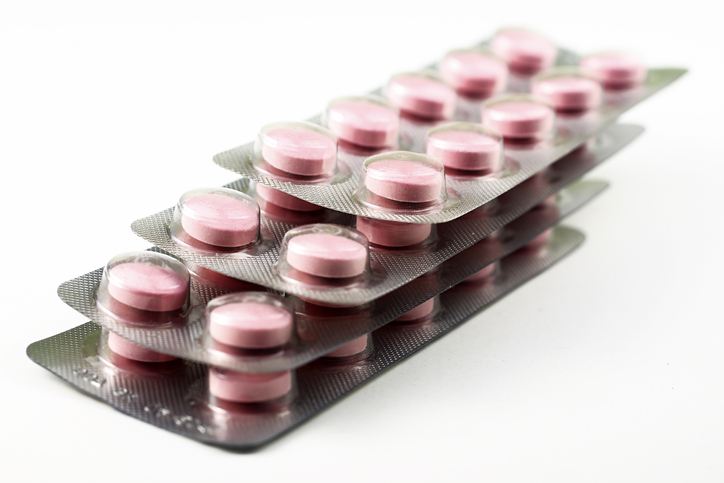Pain
Migraine Medication Could Prevent Heat-Induced Headaches

Exposure to hot weather or excessive heat presents various health risks, including dehydration and heat stroke. It is also associated with migraine headaches. Although a clear link has not been established between exposure to heat and the development of migraine, seasonal weather changes can trigger migraine attacks.
Fremanezumab-vfrm, a preventative migraine medication, is currently being investigated for its use in the prevention of heat-induced headaches. The medication blocks proteins called calcitonin gene-related peptides (CGRPs), which are involved in headache pain and duration. Although fremanezumab-vfrm is FDA-approved as a preventative treatment for migraines in general, it has not been approved to prevent heat-induced headaches specifically.
Research finds significant increases in temperature (10 degrees Fahrenheit) are a contributing factor to migraine occurrence; however, increases in temperature do not seem to increase the likelihood of migraine in individuals being treated with fremanezumab. This shows that there is a possibility that this medication could be used to prevent heat-induced headaches.
Fremanezumab-vfrm is delivered via subcutaneous injection. It is injected under the skin of the abdomen, thigh, or upper arm and is typically given every month or every three months, depending on individual needs. Side effects may include pain, tenderness, redness, itchiness, and bumps at the injection site, which dissipate within a few days or weeks. More serious side effects are rare.
Additional sources: Medical News Today and Medical News Today
















